As we told you earlier, the Washington Post is reporting that there was very little Russia Twitter troll influence on the 2016 election.
Key findings:
–Only 1 percent of Twitter users accounted for 70 percent of the exposure to accounts that Twitter identified as Russian troll accounts.
–Highly partisan Republicans were exposed to nine times more posts than non-Republicans.
–Content from the news media and U.S. politicians dwarfed the amount of Russian influence content the electorate was exposed to during the 2016 race.
–There was no measurable impact on “political attitudes, polarization, and vote preferences and behavior” from the Russian accounts and posts.
Drew Holden’s shot & chaser shows that the Post is in the midst of a backpedal on this issue:
How it started // how it’s going pic.twitter.com/XwmdvsMPTa
— Drew Holden (@DrewHolden360) January 9, 2023
What a difference a few years makes! But “journalists” had a narrative to push back then and have moved on to pushing different narratives.
There are multiple one-eighties in progress:
Glad we cleared this up pic.twitter.com/owAmVPhdP8
— Drew Holden (@DrewHolden360) January 9, 2023
Amazing!
Bump unavailable for comment, apparently.
Shouldn't he have written this newest update? https://t.co/gR66cmUcDZ
— Pradheep J. Shanker (@Neoavatara) January 9, 2023
The liberal media spread more Russia propaganda then the Russians.
— John Smith (@JohnOSmith75) January 9, 2023
The irony is overwhelming.
***
Related:
Christopher Rufo spotlights WaPo fessing up to ‘supreme embarrassment’ in hit piece
Recommended
***
Editor’s Note:
Help us keep owning the libs! Join Twitchy VIP and use promo code AMERICAFIRST to receive a 25% discount off your membership!

















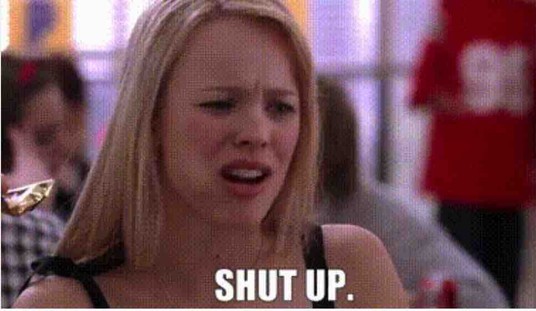
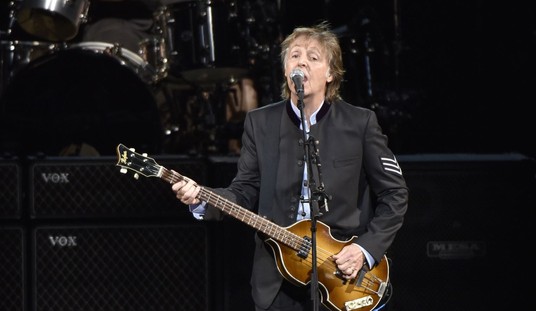
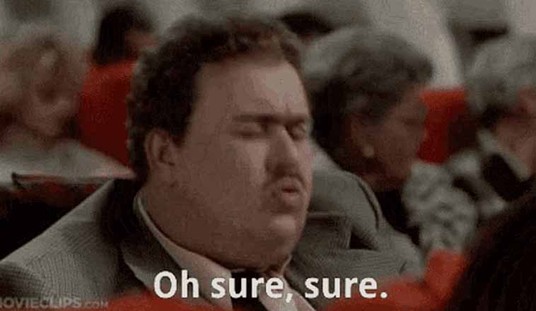
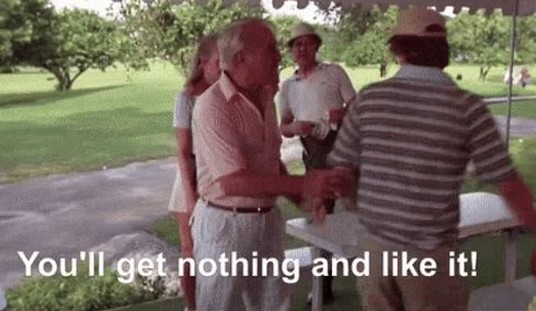
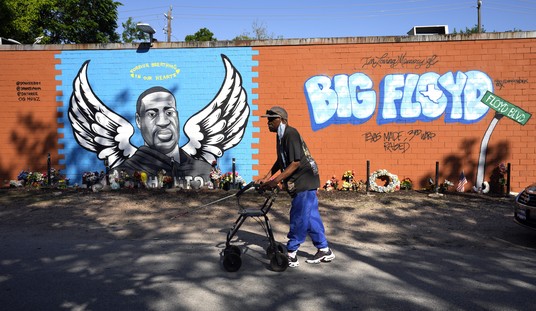
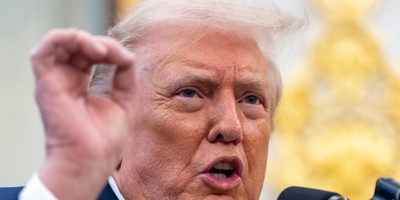
Join the conversation as a VIP Member